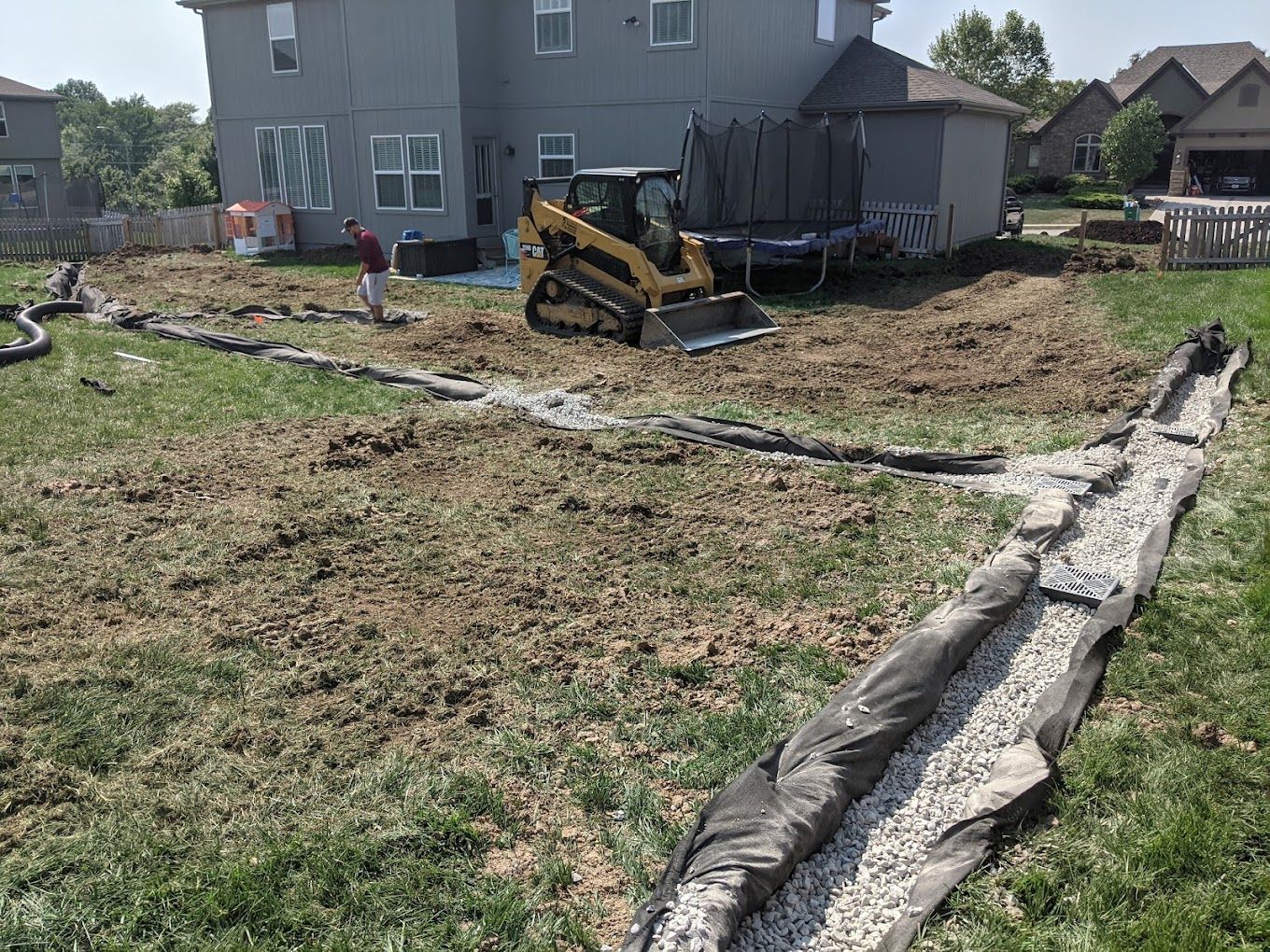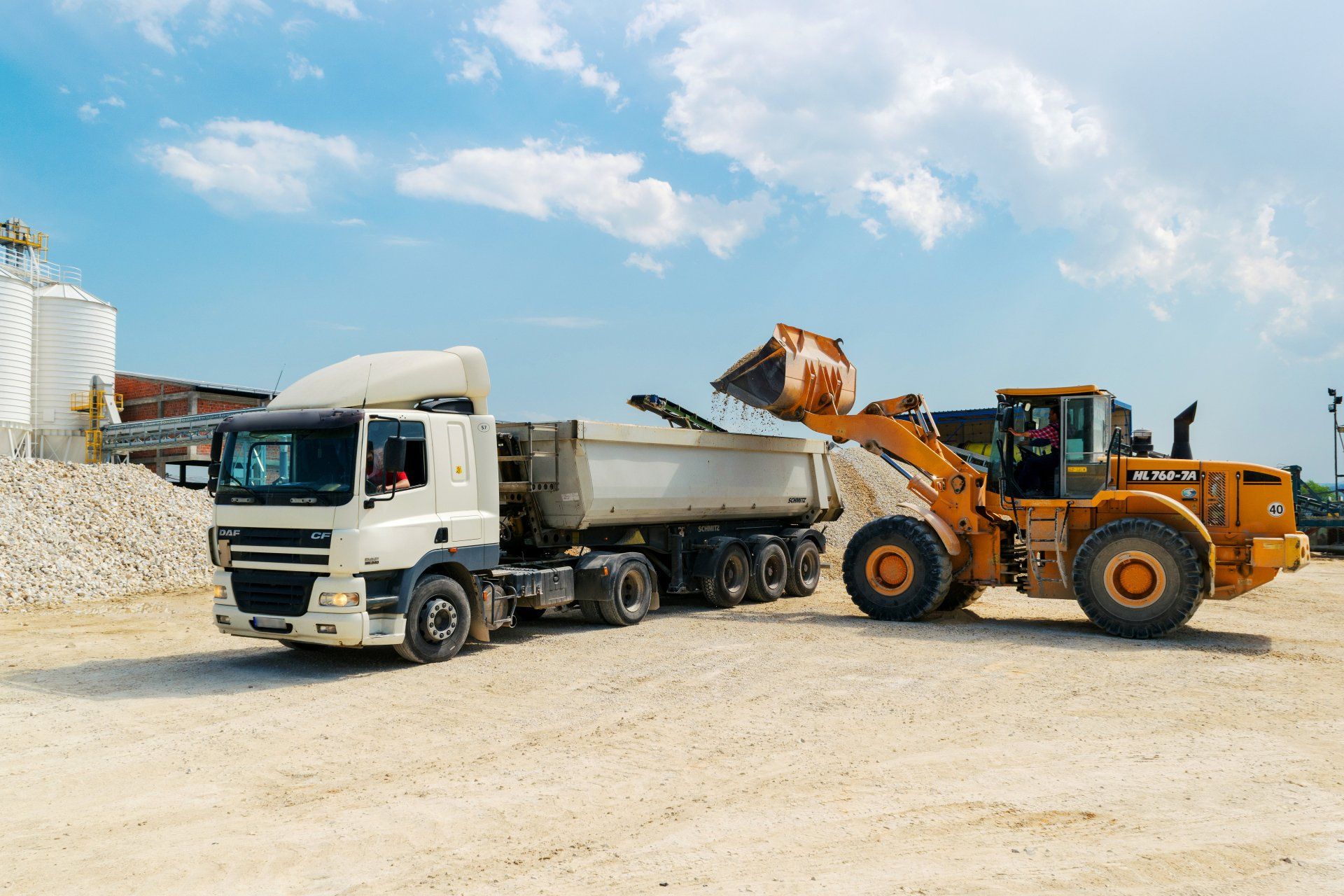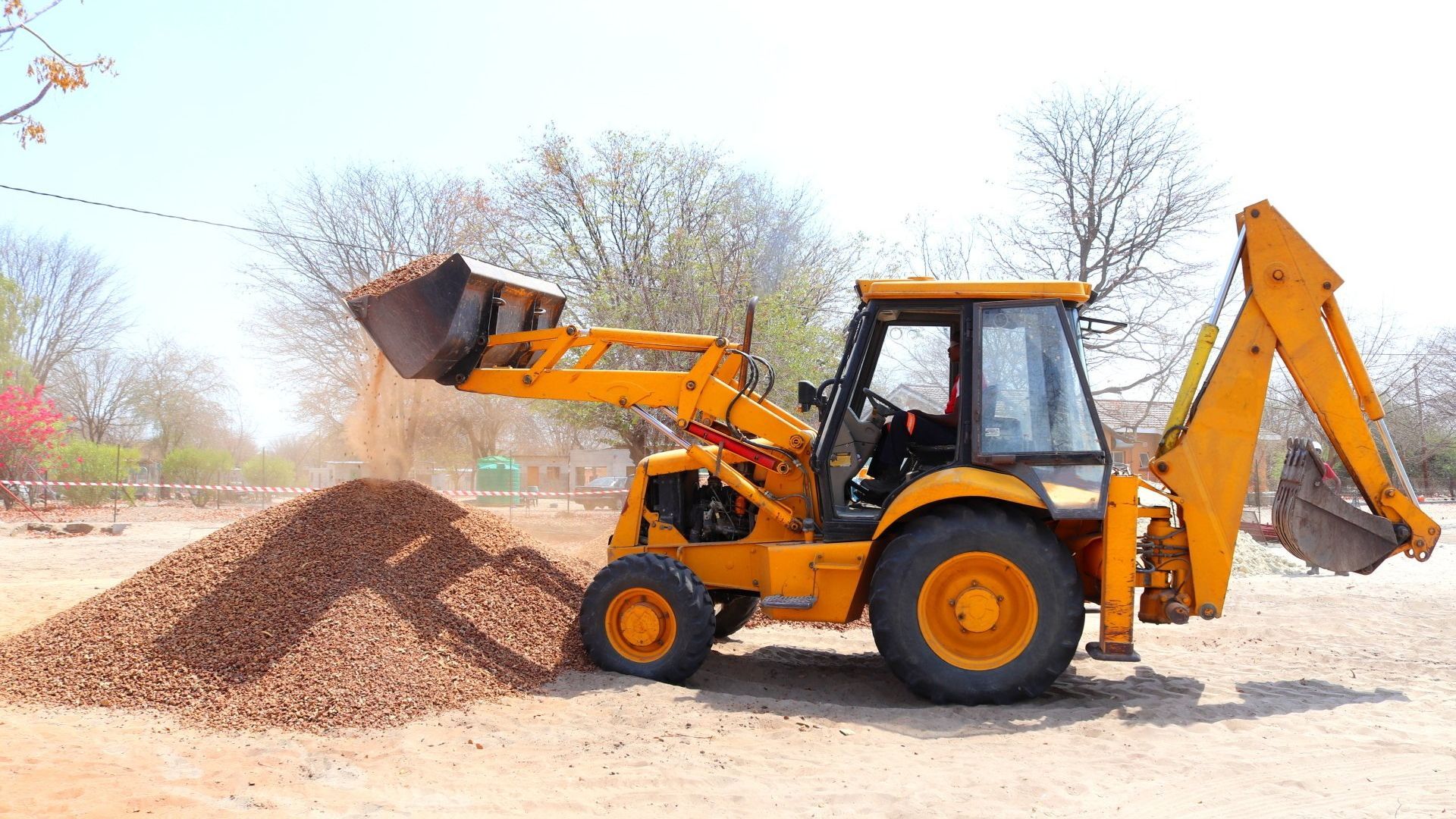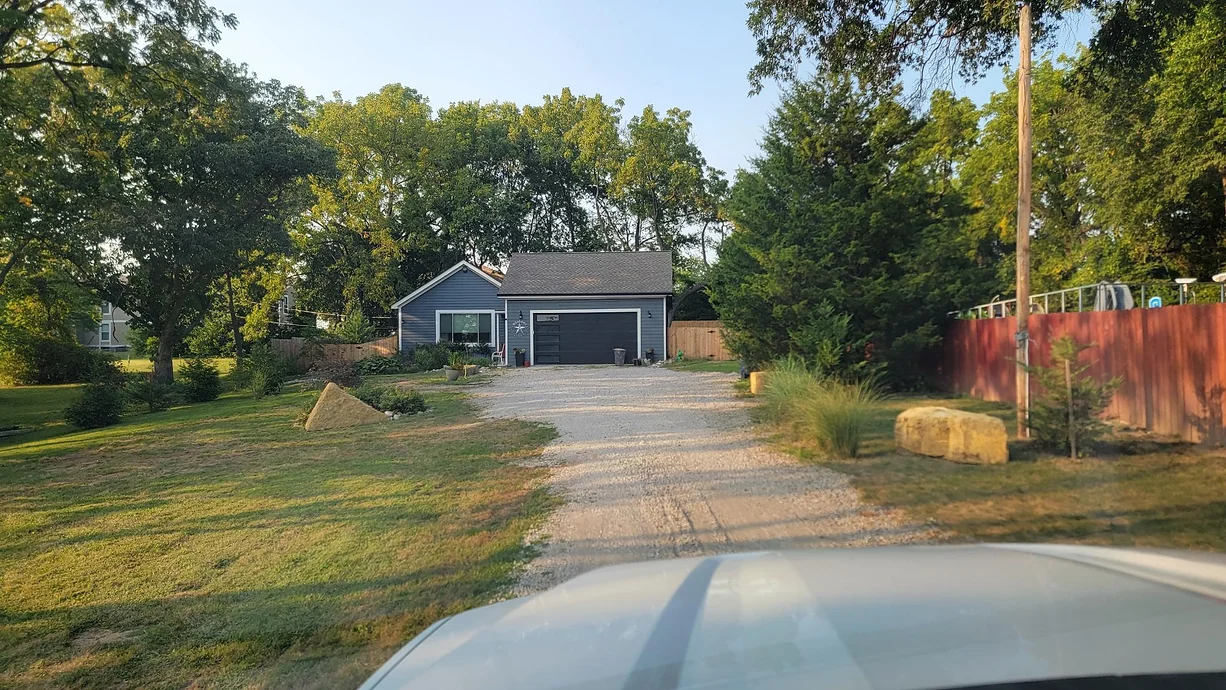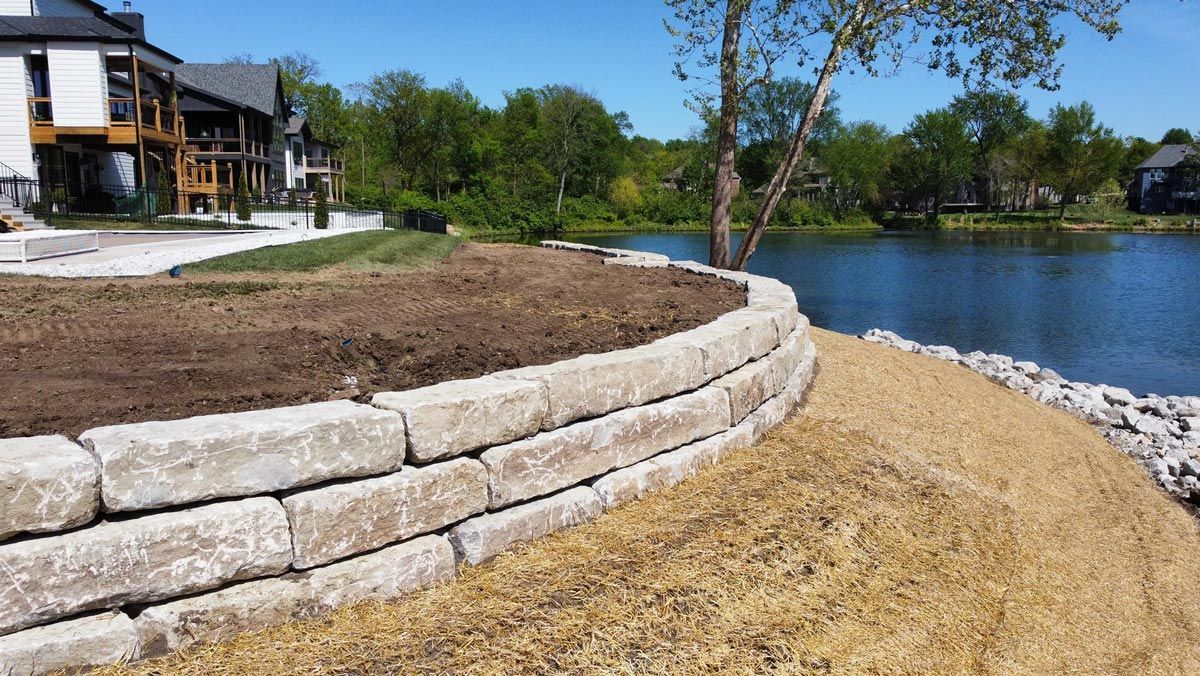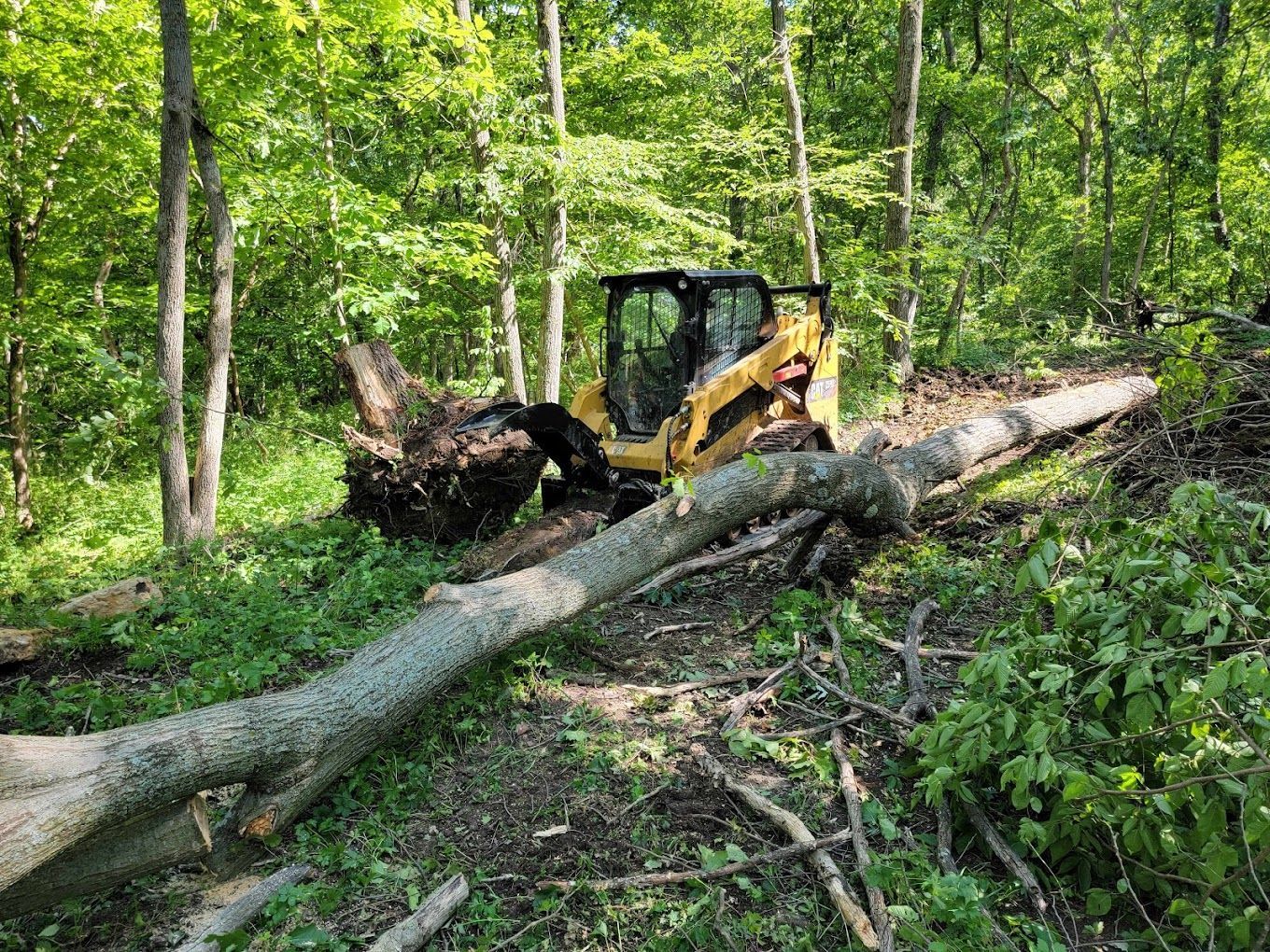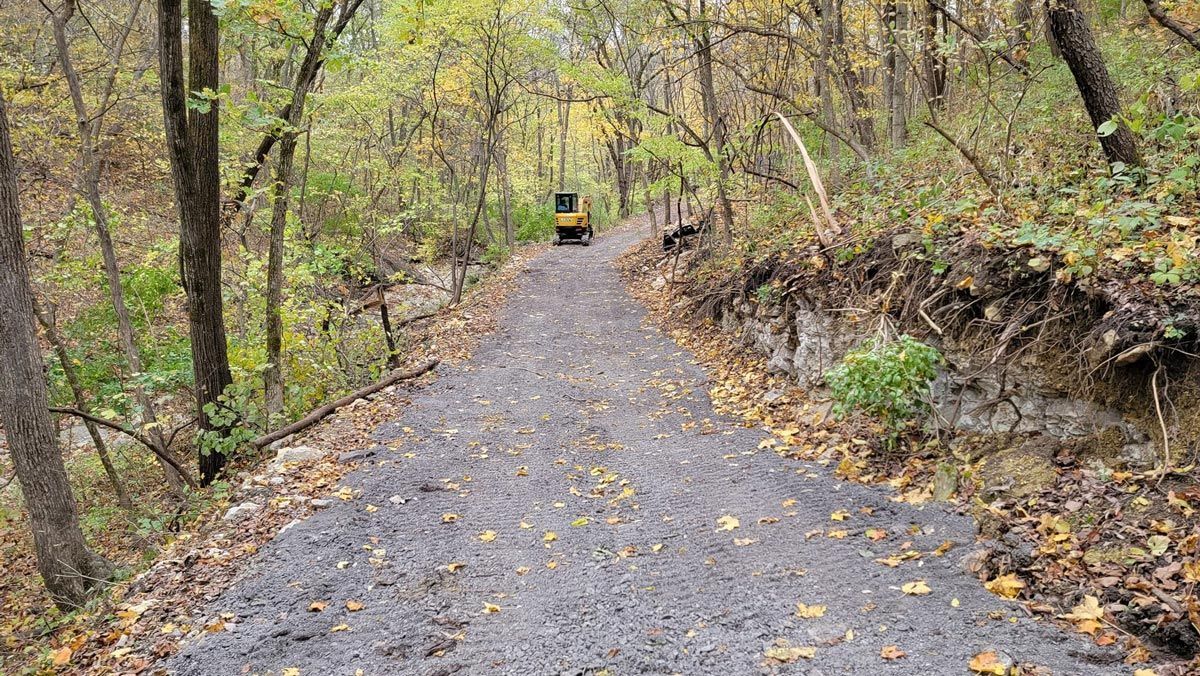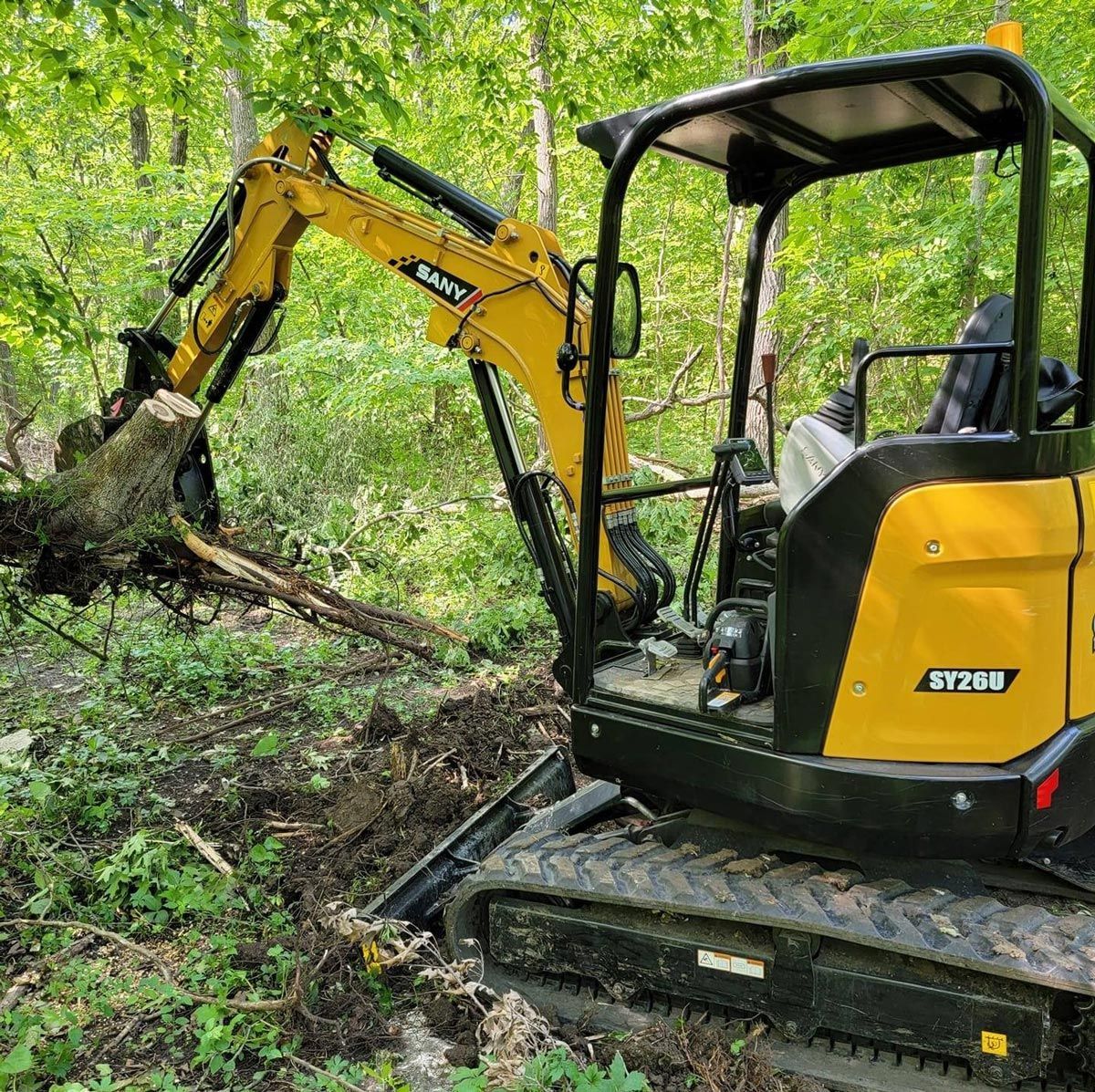Everything You Need to Know About Concrete Patios
A concrete patio is a flat outdoor surface made from poured concrete, often used for dining areas, seating, or outdoor living spaces. Unlike natural stone or pavers, concrete can be customized in color, texture, and pattern to complement any backyard aesthetic, making it a versatile choice for homeowners. Known for its durability, resistance to weather, and minimal maintenance requirements, a concrete patio provides a long-lasting and practical foundation for outdoor activities.
Whether you’re planning to host family gatherings, enjoy quiet evenings, or create a stylish entertainment area, a concrete patio can transform your backyard into a functional and inviting space.
In this comprehensive guide, we’ll cover everything you need to know about concrete patios, including costs, design options, installation methods, maintenance tips, and expert advice to maximize their lifespan and aesthetic appeal.
Benefits of a Concrete Patio
Concrete patios offer long-lasting, low-maintenance, and customizable outdoor living solutions for any backyard.
- Durability: When properly installed, concrete patios can last anywhere from 25 to 50 years, making them a long-term investment for your outdoor space. Their strength allows them to withstand heavy foot traffic, furniture, and even occasional vehicles like golf carts or small utility vehicles.
- Low Maintenance: Concrete patios are easy to maintain. Routine cleaning with a broom or pressure washer, along with periodic sealing, helps preserve their appearance and prevents cracks, stains, or surface damage.
- Customizable Designs: One of the biggest advantages of concrete is its versatility. Homeowners can choose stamped patterns, vibrant stains, exposed aggregate, or colored finishes to match their backyard style creating a patio that’s uniquely theirs.
- Cost-Effective: Compared to natural stone, brick, or pavers, concrete is generally more affordable while still offering a high-end look. It provides excellent value for homeowners seeking a stylish, long-lasting patio without breaking the budget.
- Weather-Resistant: Concrete is highly resistant to harsh weather conditions, including heavy rain, snow, sun, and temperature fluctuations. This makes it an ideal choice for any climate, maintaining its strength and appearance year after year.
Types of Concrete Patios
Concrete patios come in a variety of styles and finishes, allowing homeowners to choose a look that matches their backyard aesthetic and functional needs.
- Stamped Concrete: This type mimics the appearance of natural stone, brick, or tile. Patterns and textures can be customized to create a high-end look without the cost of real materials.
- Stained Concrete: Staining adds color and depth to a concrete patio, giving it a unique, vibrant appearance. Both acid-based and water-based stains are available, each producing distinct visual effects.
- Exposed Aggregate: This finish reveals small stones or pebbles in the concrete surface, creating a textured, slip-resistant look that’s both decorative and durable.
- Colored Concrete: Pigments can be added directly to the concrete mix to achieve a consistent color throughout the patio, offering a wide range of design options.
- Polished Concrete: For a sleek, modern look, polished concrete patios are ground and buffed to a smooth, reflective finish that’s easy to maintain.
How Much Does a Concrete Patio Cost in 2025?
The cost of a concrete patio depends on factors like size, design, finish, and labor. On average, homeowners can expect the following ranges in 2025:
| Type of Concrete Patio | Cost per Square Foot (2025) | Description |
|---|---|---|
| Basic Concrete | $8 – $12 | Plain concrete with standard finishing and minimal design features. |
| Stamped or Textured Concrete | $12 – $20 | Decorative patterns and textures that mimic stone, brick, or tile. |
| Stained or Colored Concrete | $13 – $25 | Custom colors or stains for a unique, vibrant appearance. |
| Exposed Aggregate | $15 – $30 | Small stones or pebbles visible on the surface, adding texture and slip resistance. |
| Polished Concrete | $18 – $35 | Smooth, reflective, modern finish that’s easy to maintain. |
Additional Costs:
- Site Preparation: $1 – $5 per sq. ft. (grading, clearing, leveling)
- Sealing & Finishing: $0.50 – $2 per sq. ft. (long-term protection)
- Labor: 40–60% of total project cost depending on complexity
Factors That Affect Concrete Patio Costs
Several factors influence the final cost of a concrete patio, helping homeowners plan their budget effectively:
- Size of the Patio: Larger patios require more materials and labor, increasing the overall cost.
- Design & Finish: Stamped, stained, colored, or polished concrete is more expensive than plain concrete due to additional labor and materials.
- Site Preparation: Uneven terrain, slopes, or obstacles like trees and rocks may require extra grading, excavation, or removal work.
- Concrete Thickness: Standard patios are typically 4 inches thick, but thicker slabs for heavier loads or durability will increase material costs.
- Labor Costs: Labor rates vary by region and complexity of the project, including installation, finishing, and cleanup.
- Accessibility: Limited access to the backyard or difficult terrain may increase installation time and labor expenses.
- Additional Features: Adding borders, built-in seating, fire pits, or drainage solutions can add to the overall cost.
- Climate & Weather Conditions: Extreme temperatures or seasonal weather may affect installation timing and require additional measures to ensure proper curing and durability.
Concrete Patio Installation Process
A professional installation ensures a long-lasting, smooth surface. The process generally includes:
- Planning & Design: Determine size, shape, and style.
- Excavation & Base Preparation: Remove existing soil and lay a gravel base.
- Forming & Reinforcement: Use wooden forms and rebar to shape and strengthen the patio.
- Pouring Concrete: Concrete is poured, leveled, and smoothed.
- Finishing: Apply stamping, staining, or texturing as desired.
- Curing: Allow concrete to cure for 7–28 days before heavy use.
Maintenance Tips for Concrete Patios
Proper maintenance helps extend the life and appearance of your concrete patio, keeping it looking fresh and durable for years.
- Regular Cleaning: Sweep away debris, dirt, and leaves regularly. Use a hose or pressure washer for deeper cleaning to prevent stains and buildup.
- Sealing: Apply a concrete sealer every 2–3 years to protect against water, UV rays, and stains. Sealing also helps prevent cracking and surface damage.
- Repair Cracks Promptly: Small cracks can expand over time. Fill cracks with concrete filler or patching compounds to prevent further damage.
- Avoid Harsh Chemicals: Limit the use of de-icing salts, bleach, or strong cleaners, which can damage the concrete surface.
- Furniture Protection: Use pads under heavy furniture or grills to prevent scratches, gouges, or surface wear.
- Prevent Water Pooling: Ensure proper drainage around the patio to avoid standing water, which can weaken the concrete over time.
- Seasonal Care: In colder climates, remove snow promptly with plastic shovels to prevent chipping, and avoid ice-melting chemicals that may damage the surface.
Concrete Patio Design Ideas
Concrete patios can be customized in countless ways to enhance your backyard’s style and functionality. Here are some popular design ideas:
- Stamped Patterns: Mimic the look of natural stone, brick, or tile using stamped concrete for a sophisticated, high-end appearance.
- Colored Concrete: Add vibrant or subtle colors to match your home’s exterior or create a unique outdoor vibe.
- Exposed Aggregate: Incorporate pebbles or small stones into the concrete surface for texture, durability, and a natural aesthetic.
- Polished Concrete: Achieve a sleek, modern look with a smooth, reflective finish that’s easy to maintain.
- Borders & Inlays: Use contrasting colors or patterns along the edges of your patio to define the space and add visual interest.
- Multi-Level Patios: Create depth and dimension with terraced or raised sections, perfect for entertaining or defining separate areas.
- Outdoor Features Integration: Incorporate fire pits, seating walls, planters, or pergolas into your concrete patio design for added functionality and style.
Environmental & Safety Considerations
- Sustainable Materials: Choose eco-friendly concrete mixes that use recycled aggregates or supplementary cementitious materials to reduce environmental impact.
- Water Management: Ensure proper drainage to prevent water pooling, which can lead to erosion, surface damage, or mosquito breeding. Consider permeable concrete options to allow water infiltration.
- Slip Resistance: Textured, stamped, or exposed aggregate finishes improve traction and reduce the risk of slips, especially when wet.
- Heat Retention: Concrete can absorb heat in hot climates, making surfaces uncomfortable to walk on barefoot. Lighter colors or shaded areas can help reduce heat buildup.
- Protective Barriers: When using chemicals for cleaning or sealing, follow manufacturer guidelines and keep pets and children away during application.
- Durability & Safety: Regular inspections and timely repairs of cracks or uneven areas prevent tripping hazards and maintain a safe outdoor environment.
- Environmental Impact of Runoff: Avoid harsh chemicals or sealers that can wash into storm drains, affecting local waterways. Opt for eco-friendly products whenever possible.
Final Thoughts
Concrete patios are an excellent investment for any homeowner looking to improve outdoor living space. With the right design, installation, and maintenance, a concrete patio can provide beauty, functionality, and value for decades.
Whether you choose a simple plain patio or an intricately stamped design, the possibilities are endless. Ready to transform your backyard? Contact a local concrete patio expert today to get started!
Frequently Asked Questions
How long does a concrete patio last?
A properly installed and maintained concrete patio can last 25 to 50 years. Factors like climate, soil conditions, and regular maintenance (such as sealing and cleaning) can affect its longevity. Cracks can develop over time but are usually easy to repair.
How much does a concrete patio cost?
In 2025, concrete patios typically cost $8–$18 per square foot. Decorative options like stamped or colored concrete may cost $12–$25 per square foot. Labor, site preparation, and complexity of design are the main factors affecting the final price.
Can I install a concrete patio myself?
Yes, DIY installation is possible, but it requires experience, the right tools, and careful planning. Mistakes in leveling, curing, or finishing can lead to cracks or uneven surfaces. Professional installation ensures durability and a polished look.
How do I maintain a concrete patio?
Maintenance is simple: clean debris regularly, seal every 2–3 years, and repair cracks promptly. Avoid harsh chemicals and pressure washing that can damage the surface. Proper maintenance keeps your patio looking new and extends its lifespan.
What are the design options for concrete patios?
Concrete patios can be plain, stamped, colored, stained, polished, or exposed aggregate. This allows you to mimic natural stone, brick, or tile, or create custom colors and textures to match your outdoor aesthetic.
Is concrete patio installation weather-dependent?
Yes, concrete should ideally be poured in moderate temperatures. Extremely cold or hot weather can affect curing, leading to cracks or uneven surfaces. A professional installer can plan for seasonal conditions to ensure a quality finish.
Can a concrete patio increase my home’s value?
Absolutely. A well-designed, durable concrete patio adds functional outdoor living space and improves curb appeal. Many homebuyers consider outdoor amenities like patios a valuable feature, potentially boosting resale value.
Read More


